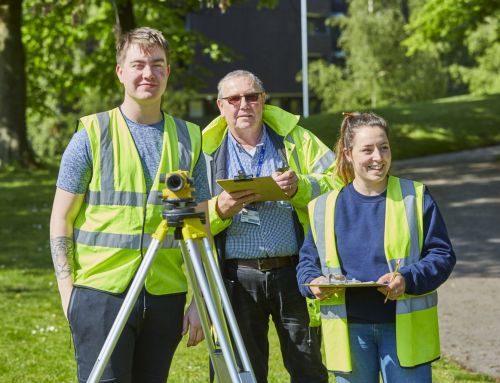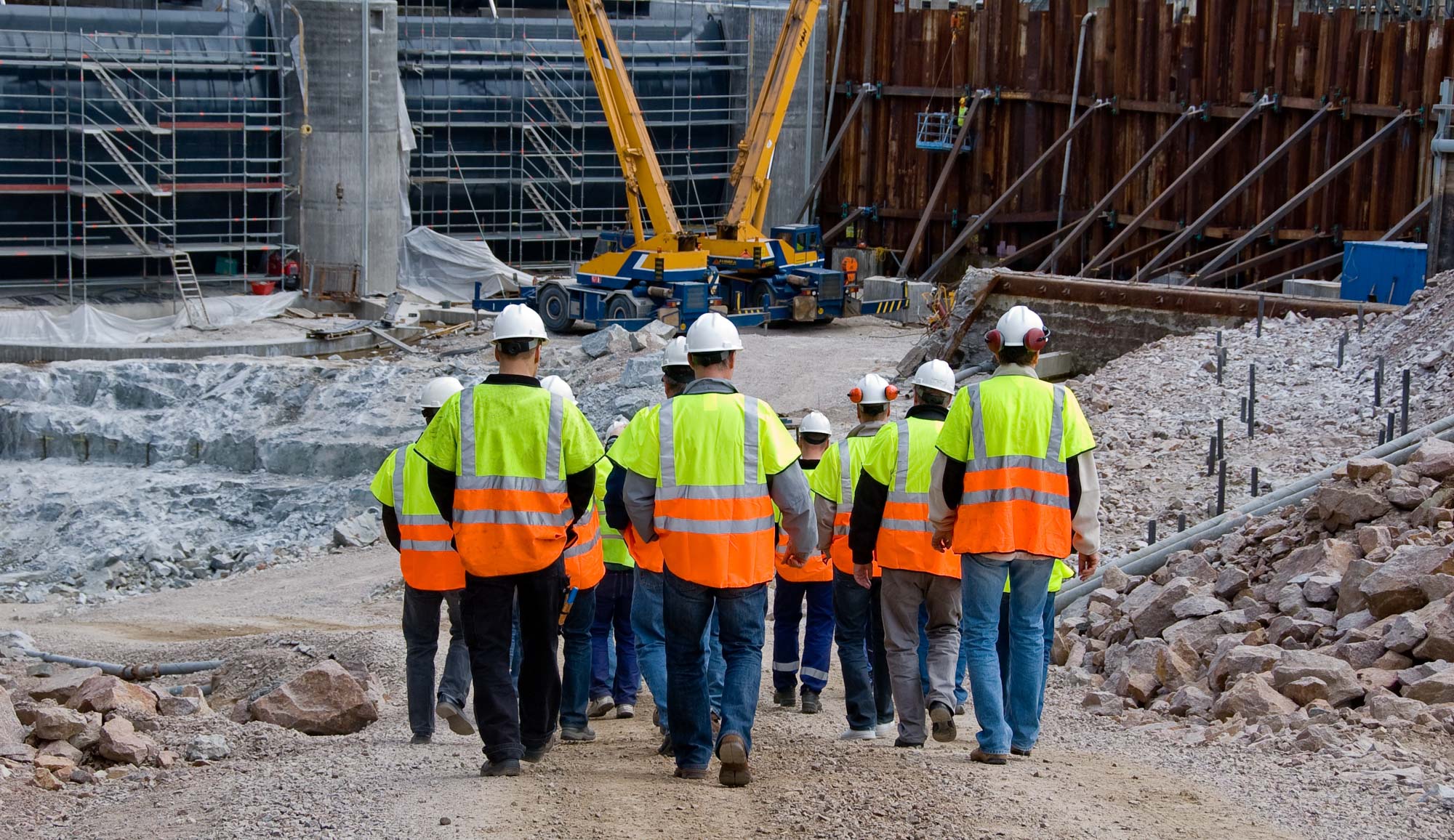W omen now make up a higher proportion of the construction workforce than at any time since official records began.
The construction workforce was 18.8 per cent female from April to June 2023, up 1.5 per cent on the previous quarter, according to the Office for National Statistics (ONS). Before the pandemic, this figure stood at 14.5 per cent.
The higher relative level of women is partly explained by a slight decrease in the number of men working in the industry in the past few years. Around 1.8 million men were employed in the construction industry in the last quarter, 200,000 fewer than in the first three months of 2020.
While male employment dropped during the pandemic and has yet to recover, the number of women employed in construction climbed over the same period.
Around 340,000 women were recorded as working in the construction industry in the second quarter of 2023, an increase of 41,000 since the last three months before the Covid lockdown (January to March 2020).
When the ONS started compiling data on the construction industry’s gender breakdown in 1997, there were 242,000 women employees, representing 14.6 per cent of the total workforce.
Women in Property chair Chithra Marsh said: “There could be a few factors at play here. We have an ageing population and, with it, a group of senior men who have retired from the industry, dropping the male stats down and in turn increasing the female split.
“At the other end of the career spectrum, we have the women who are entering the industry after graduation. We had several construction trainees as our Women in Property National Student finalists this year, and it was a similar situation last year, which is good news for the future.
“There is also the possibility that retention of women could be improving at mid-career, as the industry seeks to improve flexibility and the career pipeline.”
The ONS Annual Population Survey, which asks a sample of the population about their working lives, presents a slightly different picture. Because the study measures data for the whole country from a smaller sample size, it should be taken as more of a rough picture of the industry’s gender split.
Based on this data, the ONS estimates that in the year to March 2023, only 11,800 out of 710,300 construction tradespeople were women.
The data suggests that women in construction are more likely to take up project management roles.
Women represented 13 per cent of construction project managers or similar professional jobs in the year to May 2022, although this figure dropped to 12 per cent in the same period this year, according to Annual Population Survey estimates.
So few women were recorded as carpenters and joiners that the ONS was not able to reliably extrapolate how many there are, despite there being an estimated 197,000 people in those roles in the UK.
No women stonemasons or groundworkers were recorded in either year.
Source: Construction News
W omen now make up a higher proportion of the construction workforce than at any time since official records began.
The construction workforce was 18.8 per cent female from April to June 2023, up 1.5 per cent on the previous quarter, according to the Office for National Statistics (ONS). Before the pandemic, this figure stood at 14.5 per cent.
The higher relative level of women is partly explained by a slight decrease in the number of men working in the industry in the past few years. Around 1.8 million men were employed in the construction industry in the last quarter, 200,000 fewer than in the first three months of 2020.
While male employment dropped during the pandemic and has yet to recover, the number of women employed in construction climbed over the same period.
Around 340,000 women were recorded as working in the construction industry in the second quarter of 2023, an increase of 41,000 since the last three months before the Covid lockdown (January to March 2020).
When the ONS started compiling data on the construction industry’s gender breakdown in 1997, there were 242,000 women employees, representing 14.6 per cent of the total workforce.
Women in Property chair Chithra Marsh said: “There could be a few factors at play here. We have an ageing population and, with it, a group of senior men who have retired from the industry, dropping the male stats down and in turn increasing the female split.
“At the other end of the career spectrum, we have the women who are entering the industry after graduation. We had several construction trainees as our Women in Property National Student finalists this year, and it was a similar situation last year, which is good news for the future.
“There is also the possibility that retention of women could be improving at mid-career, as the industry seeks to improve flexibility and the career pipeline.”
The ONS Annual Population Survey, which asks a sample of the population about their working lives, presents a slightly different picture. Because the study measures data for the whole country from a smaller sample size, it should be taken as more of a rough picture of the industry’s gender split.
Based on this data, the ONS estimates that in the year to March 2023, only 11,800 out of 710,300 construction tradespeople were women.
The data suggests that women in construction are more likely to take up project management roles.
Women represented 13 per cent of construction project managers or similar professional jobs in the year to May 2022, although this figure dropped to 12 per cent in the same period this year, according to Annual Population Survey estimates.
So few women were recorded as carpenters and joiners that the ONS was not able to reliably extrapolate how many there are, despite there being an estimated 197,000 people in those roles in the UK.
No women stonemasons or groundworkers were recorded in either year.
Source: Construction News











